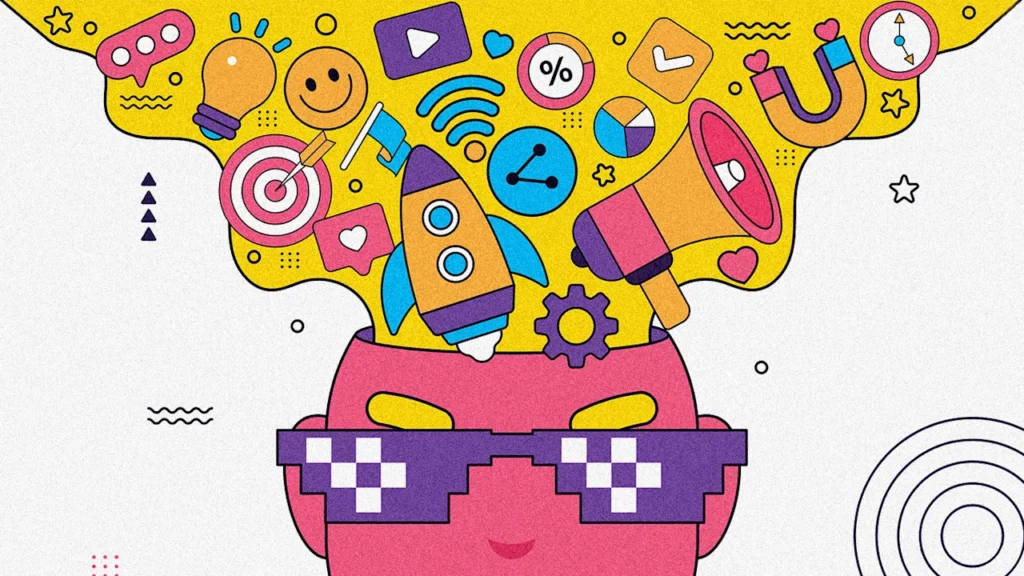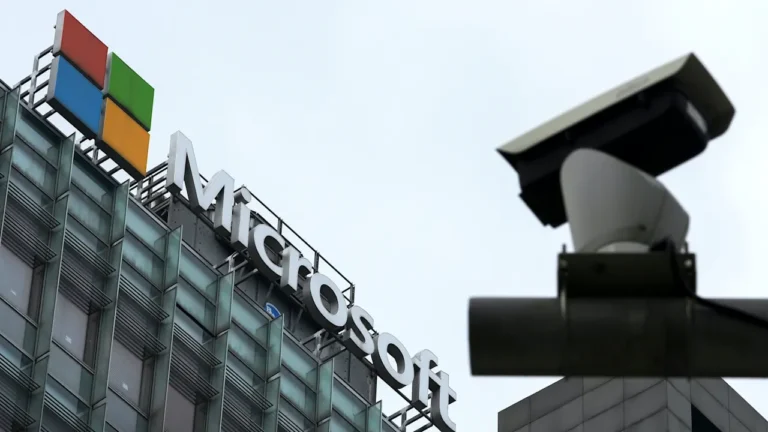
The whole idea of advertising—using pictures and words to get people to buy stuff, or to do something—is old indeed, with the first known example dating back almost 5,000 years to the heady days of Ancient Egypt.
The ads business changed a lot since we were writing notices on papyrus, but one thing that—until recently—remained the same was that it was a deeply intentional business. The advertiser had to think about the language they used, the imagery they employed, the types of people they sought to reach, and how they would go about doing that.
Whether the advertiser was touting a weaving shop on the banks of the Nile during the days of the Pharaohs, or selling detergent or cigarettes through new mass media innovations like the television or the radio, that same thoughtfulness was a constant. Advertisers had to think—and, by virtue of the fact they were forced to make decisions, they were in control of everything.
My biggest complaint with the digital ads ecosystem is it, by design, strips the ability of the advertiser to make some of those decisions—not merely placement, but targeting, and with the emergence of dynamic creative and generative AI, messaging too.
In the process, we’ve turned advertising from a very deliberately engineered system—where the architect knows what each part of the process should do—into one that’s, essentially, a black box.
And within this black box, there’s little room for creativity.
The Process Is Creative
When we think about advertising—and, in particular, good advertising—we always think about the messaging. It’s true that some of the best campaigns in history have always used clever wordplay, or coy psychological tactics, to drive a point home.
The Pepsi Challenge, for example, started off as a series of in-person taste tests and culminated in a campaign that could confidently say (though some have identified flaws in the test itself) that Pepsi was America’s preferred cola. Not only did this directly undercut Pepsi’s main adversary—Coca-Cola, which easily had the most powerful brand perception—but it also allowed people to differentiate between products that people might otherwise think of as identical.
Messaging is important, but it’s far from the only creative part of the marketing process.
Take Subaru, for example. In the 1990s, it was a struggling car brand—eclipsed not only by its Japanese rivals like Nissan and Toyota, but also by fierce domestic competition in the U.S. market.
Subaru hired a new advertising firm to turn its fortunes around, which ran a series of focus groups that asked why existing Subaru owners chose its vehicles, as opposed to those from one of its healthier rivals. That firm noticed that women dominated those focus groups, and many of those women identified as lesbian.
The company then launched a campaign that targeted both women and lesbians—itself a brave choice, considering the climate of the 1990s, which saw the passage of both the Defense of Marriage Act and Don’t Ask, Don’t Tell. To help it reach lesbian audiences, it hired Mulryan/Nash to create content specifically for the gay press, and to handle ad buying.
This campaign wasn’t just pioneering—it also, arguably, helped revive Subaru’s fortunes, and the brand remains vibrant and relevant, especially in the U.S., where it sold over 667,000 cars in the 2024 calendar year.
The Subaru example is a potent one, not simply because it was so successful, but because it illustrates how each step of the process—from identifying the customer, to determining where to reach them, to crafting the messaging—required human thought and human creativity.
If we’re looking for a more contemporary example, Spotify’s controversial “Thanks 2016, it’s been weird” springs to mind. Capitalizing on a year defined by seismic political shifts, celebrity deaths, and countless surreal moments to mention in the confines of this piece, Spotify tapped into its data, identifying equally surreal trends and turning them into highly relatable billboards positioned in prime urban locations.
These billboards featured pithy one-liners (for example, “Dear person who played ‘Sorry’ 42 times on Valentine’s Day, what did you do?”), with the text localized for target markets (“Dear 3,749 people who streamed ‘It’s the end of the world as we know it’ the day of the Brexit vote, hang in there”). It served as a reminder of how music isn’t simply a form of entertainment, but a way in which we process events in our personal lives, as well as those happening within politics and culture.
Again, this process required creative thinking at every level—from identifying the patterns within the data that would lead to the funniest trends, to choosing the most valuable locations to place the billboards.
I write all of this not because I believe that all digital advertising—where these decisions are outsourced, particularly to third-parties—is bad, but because I believe that the most effective and memorable campaigns are thoughtful ones.
The reason why I believe digital advertising is the enemy to advertising is because, by design, it strips us of the ability to use that creativity across all stages of the advertising process, from conceptualization to creating the final product.
Battling the Black Boxes
Last year was the 30th birthday of digital advertising. It’s interesting to see how, as the internet grew and an adtech ecosystem emerged, the very nature of how this segment actually works changed.
Whereas at one point advertising deals were inked between companies, with money changing hands in exchange for prime placement for a set number of days, those manual transactions are now a thing of the past. Today’s digital advertising mechanics are based on systems which the advertiser doesn’t control or even understand—and in the case of those which heavily rely on AI, even the developers don’t have full insight into the factors behind each targeting and placement decision.
This opacity also allows the adtech provider or advertising network to act in ways that are contrary to the interests of the advertiser—either by obfuscating data that could allow them to make more effective decisions, or by failing to protect said advertiser from, for example, click fraud.
Although digital ads allow a company to target and market at scale—and, arguably, with the economies of scale that wouldn’t be otherwise possible—the downside is, arguably, a degradation of the online experience for end users, profound concerns about user privacy, and an absence of transparency for those actually purchasing the ads.
Arguably, the biggest downside—from someone who cares profoundly about the intellectual and creative brilliance of the ads industry—is that digital ads haven’t really produced something that’s memorable, or has had any meaningful cultural impact.
Coca-Cola gave us Santa Claus’s red outfit and the iconic flashing delivery trucks. Decades after they commercials first aired, we still remember the Budweiser frogs croaking “bud-wise-er”, or its later ads that turned “wazzup” into a legitimate pop culture phenomenon (albeit a really irritating one).
And that’s because creativity is like a muscle, and if you don’t exercise it—or don’t have to exercise it—it’ll wither away.





